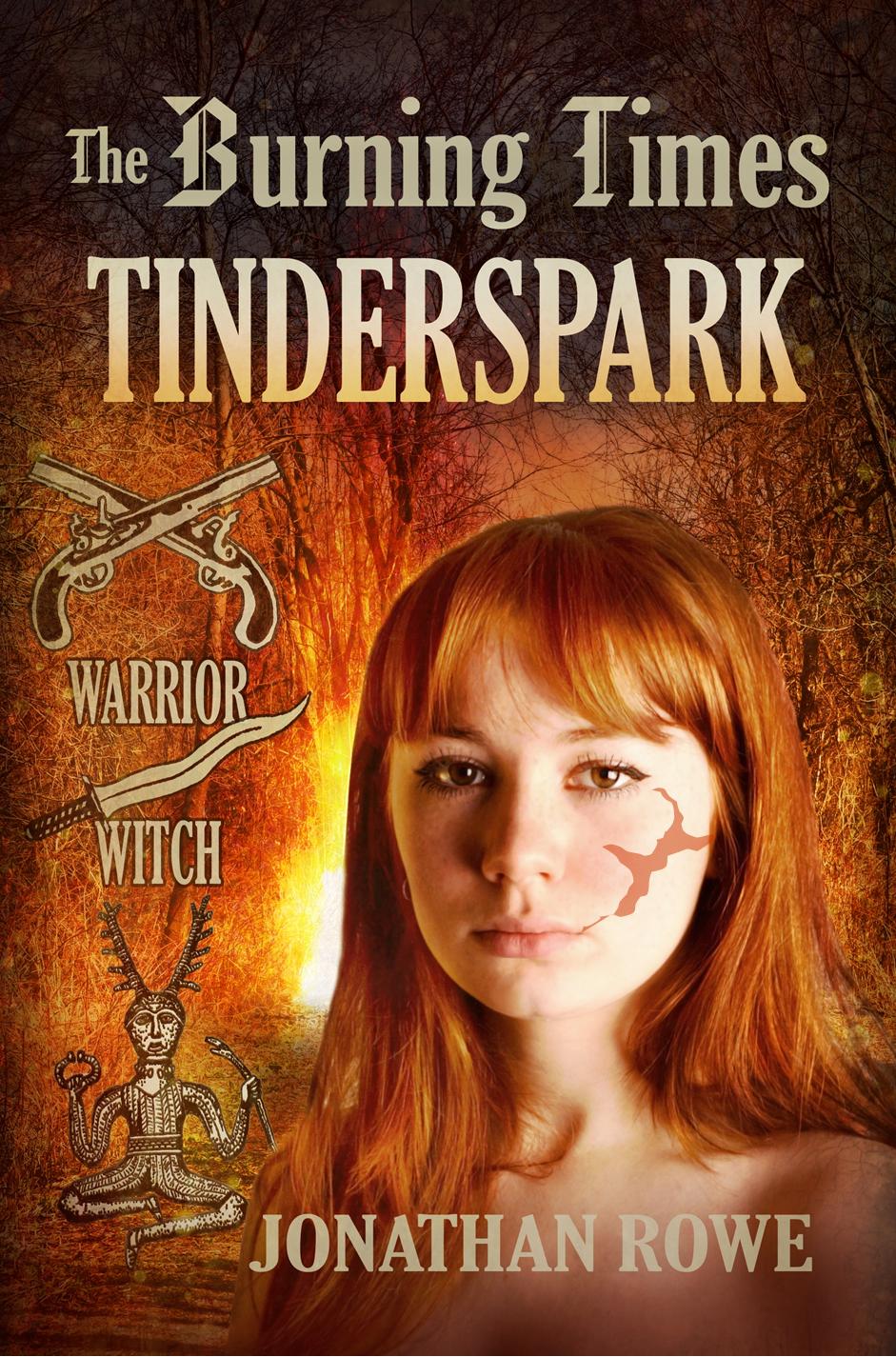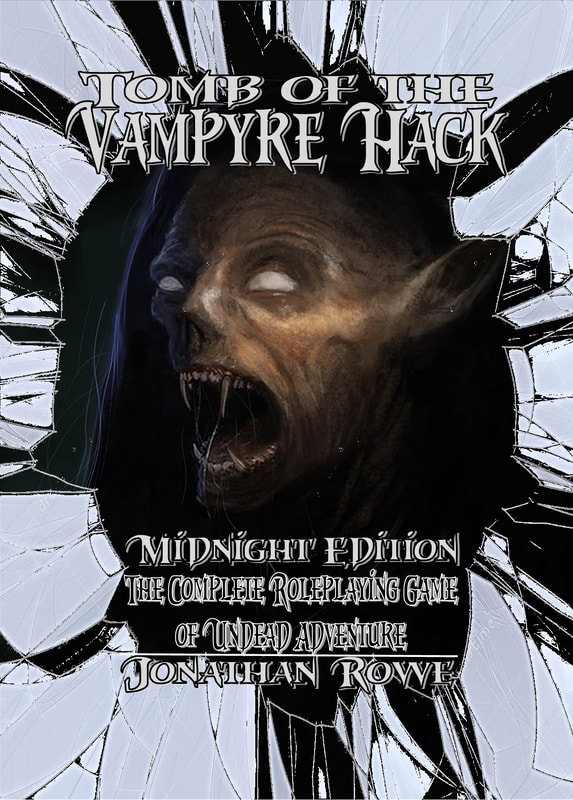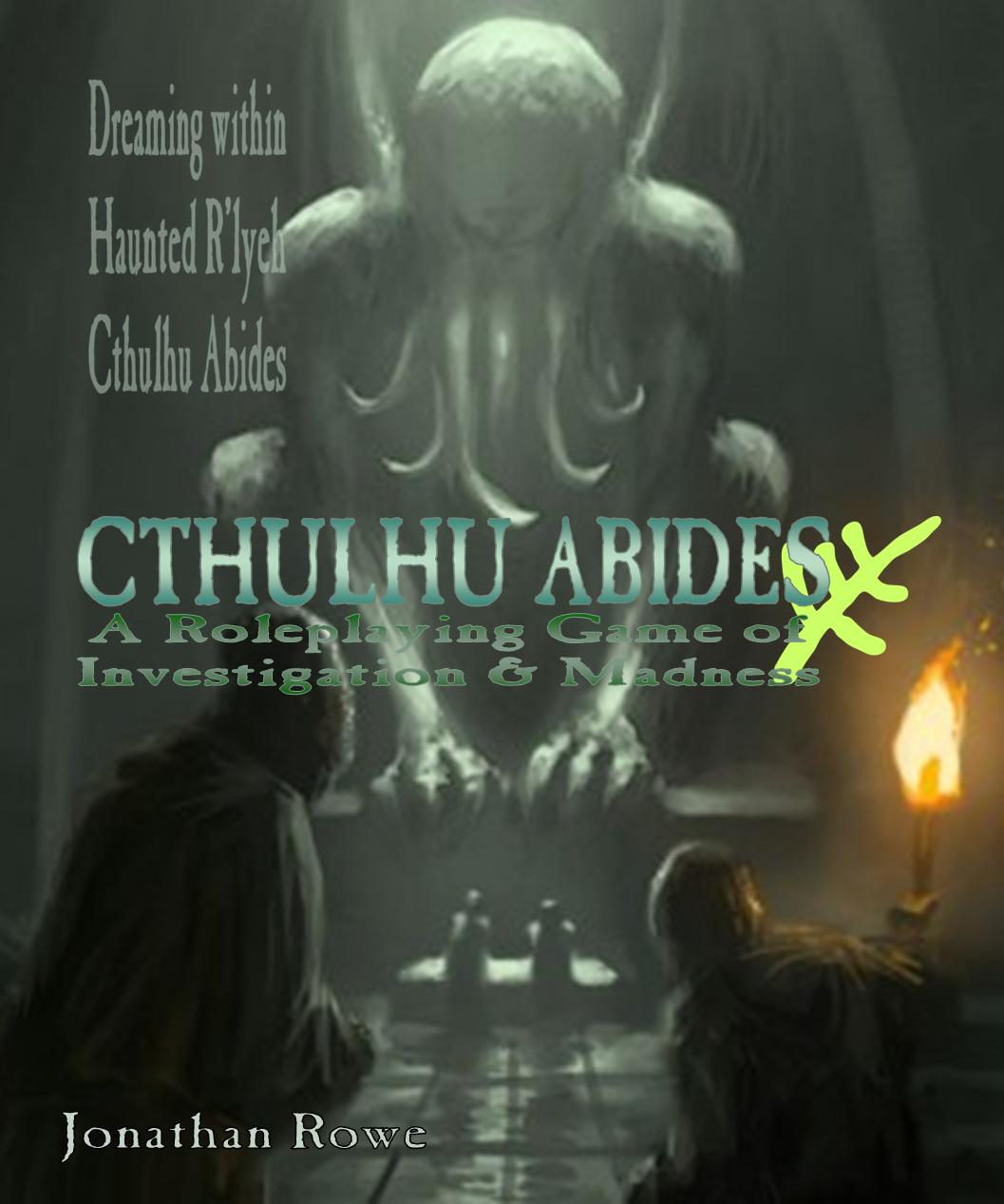|
Yes, it's Bob Dylan's best song ("Discuss...."), but it also describes my new fascination with Michael Thomas' Blue Hack RPG, after my lovely experience using it last weekend. Click the image to see the page on drivethrurpg What I now itch to do is expand the roster of character classes for Blue Hack, like I did for White Box in blogs passim. I want to take some of the so-called 'sub-classes' D&D players have loved over the decades and interpret them through the lens of Eric J. Holmes' 1977 Basic D&D Set, then refract it through the Blue Hack's own quirky sensibility. For example, what about the Barbarian and the Bard? The reason I focus on these two is that they specialise in Stats that Blue Hack neglects: CON and CHA. Currently, these Stats are prerequisites for demi-humans (Dwarves and Halflings need CON 9+) but none of the classes get the opportunity to increase CON and CHA when they gain HD. Personally, I would house rule that all Blue Hack PCs can choose to roll to increase CHA when they gain a HD, instead of rolling to increase one of their class-specific Stats. Rising fame (or notoriety) ought to result in growing charisma. Blue vs BlackBefore creating new Blue Hack classes, we need to look at the distinctively Holmesian direction Michael Thomas has taken the game from its 'parent' publication, the Black Hack. Fighters The Black Hack calls them Warriors. They have d10 Hit Dice, but Blue Hack increases their damage output from d8/d6 to d10/d8. This is perhaps because Blue Hack is a more dangerous game: 1-2 HD monsters deal 1d8 damage in Blue Hack compared to a d4 or d6 in Black Hack. (The two games become more similar as monsters get tougher) Another difference is Armour. In Black Hack you might have up to 12 points of Armour (from Plate and a Large Shield) but once it's been used to protect you, it's gone until you rest. In Blue Hack you have less Armour (5 points from Plate and Shield) but it applies every turn. The same goes for monster armour: a 4 HD Ogre in Blue Hack is absorbing 3 points of damage every time you hit it, so it makes sense to boost PC damage output. I presume Michael made this change to make his Blue Hack less fiddly - you don't have to keep track of Armour Points, you just apply them every turn - and perhaps to stretch fights out a little longer, in the style of Holmesian slug-fests of yore. Black Hack Warriors heal when not in combat. This sort of regeneration fits Black's chugging momentum, but doesn't fit with Holmes' gritty take on D&D. Black Hack Warriors also get attacks equal to their HD, but Blue Hack changes this to one attack per 2 HD; the effect is to make Blue Hack less super-heroic, since Fighters don't get 2 attacks per round until they have 3HD or 3 attacks until they have 5HD, by which time Black Hack Warriors are attacking 5 times a round. Blue Hack adds in Parrying for Fighters and Shrug Off Damage is a boost to their Armour points - again, equal to half their HD, so it doesn't start to benefit them until they have 2 HD. Shield Sundering becomes something anyone can do in the Blue Hack - although, thinking about it, Clerics are the only other characters who carry shields. Clerics Clerics are similar in both games, although Blue Hack Clerics have superior damage output (1d8/1d6). Blue Hack never mentions that Clerics must add the monster's HD to their roll to turn undead - but I take this to be subsumed under general rules for Powerful/Weaker Opponents. Interestingly, Blue Hack does allow you to gain a bonus when testing your Stats against monsters with fewer HD than you. Black Hack seems to assume that, since you improve your Stats as you gain HD, that's enough of a reward in itself, but Blue Hack is more keen to make experienced PCs dominate lesser NPCs and monsters. Blue Hack removes the Clerical bonus for resisting poison/paralyzation, but it does offer access to all the Clerical spells, rather than just 1d4 of them. Michael adds some Clerical spells like Resist Cold/Fire and Control Snakes but removes Speak With Animals. This is maintaining continuity with Holmes' 1977 spell lists. Magicians Black Hack calls them Conjurors. Blue Hack raises their HD to beefy d6s and their damage output to d6/d4 instead of d4/1. Blue Hack retains Black's magic resistance (roll with Advantage when testing INT against magical damage or effects). It makes the unusual choice of offering Magicians access to all the spells of the appropriate level and lets the Magician 'carry' 3 x HD spells in their heads. This makes Blue Hack Magicians rather more competent than old Homesian magic-users. They can create scrolls too - and quite cheaply. There are definitely implications for treasure placement here, since Hack characters don't need gold pieces for XP, but Magicians will spend everything they can find on creating an arsenal of spell scrolls. A Blue Hack campaign would need to be very stingy with money. Blue Hack spell lists port across everything from Holmes, with a few odd exceptions, like Dancing Lights. Read Magic is gone, because now of course Magicians have access to all the spells. I'm in two minds about the removal of Read Magic. Forcing magic-users to go adventuring in order to find spells and increase their repertoire was an interesting aspect of D&D. It was perhaps only implied in Holmes and made explicit in AD&D. Holmes' Read Magic spell was for using scrolls - and I support making magic scrolls usable by any Magician without having to cast a spell first. But on the other hand, Blue Hack's more flexible spell-slot system encourages PCs to carry along utility spells just in case, in a way that the rigid Holmes/AD&D approach did not. Thieves Thieves are almost identical in both systems. Blue Hack boosts their damage output to 1d8/1d6 and carries this across to their backstabbing. The Black Hack's rather broad ability to roll with Advantage on delicate tasks is now restricted to Hearing Noises. However, Blue Hack specifically empowers Thieves to test DEX to open locks, hide, sneak, etc. Black Hack seemed to allow anyone to do these things (just, Thieves were better at it), whereas Blue Hack makes this sort of work the specific proficiency of Thieves, which fits with Holmes' more exclusive view of character classes. Principles for New Classes A fine principle in D&D is that no new class or sub-class should be better at something than the primary class was. Actually, AD&D violated this principle quite often, making Rangers and Cavaliers better than Fighters. But Michael Thomas clearly adheres to it, because his elf-only Fighter-Magicians have lower HD than Fighters, don't gain the extra attacks of Fighters or the damage resistance or magic-resistance of the parent classes and gain spell-slots more slowly than Magicians. A Blue Hack principle seems to be a slower ramping up of power, compared to Black Hack PCs. Blue Hack also treats certain abilities as the exclusive province of a character class (like Thieves opening locks) rather than something anyone can attempt by testing a Stat. CON and CHA are under-used Stats in Blue Hack. Although the Blue Hack spell lists are generous, they're lacking some of the effects D&D players expect, like talking to animals, monster summoning, etc. Blue Hack BarbariansBrian Asbury introduced what was (to my mind) the finest iteration of the Barbarian sub-class back in White Dwarf #4 in 1977. I analysed the Asbury Barbarian in a previous blog and offered a reconstruction of it for White Box RPG. If we accept the idea of the Barbarian as a specialist in ferocity - accomplishing by instinctual energy what other, more civilised characters do through study, technique or reflection - then we can build a Blue Hack Barbarian along these lines: Personally, I think Barbarians should always be Humans, but if your campaign features savage Frost Elves, Desert Dwarves or Jungle Halflings, go ahead and mix it up. Starting HP: 1d8 + 6
HP per HD/Resting: 1d8
Weapons & Armour: No armour or shield, may use any weapons
Attack Damage: 1d8 either armed or unarmed/improvising
Gaining HD: Roll twice to increase STR or CON.
Danger Sense: A Barbarian enjoys Armour Points based on an instinct for danger; unlike normal Armour, these points are removed when used and only regained by resting for a turn (like Armour Points in Black Hack); the Barbarian gains 1d4 points per HD and re-rolls them all after each rest.
First Attack Ferocity: A Barbarian tests with Advantage on her first attack against an opponent who is Close
Self Preservation: A Barbarian may test CON to avoid any penalty from being Out of Action but must add the result of the OoA roll (up to +6 for 'Death') Commentary This is the loincloth-clad semi-nude barbarian of fantastic literary fiction, not a medieval Viking or Celt. The d8 HD makes this Barbarian equivalent to a Cleric, but note the superior starting Hit Points. The damage output is the same for any weapon or even bare fists: good for a savage meelee fighter. No armour is a drawback, but offset by Danger Sense. A 1HD Barbarian enjoys 1d4 Armour Points, which might be equivalent to chainmail, but a 3HD Barbarian will have 3d4 Armour Points, possibly double figures, which few Fighters can match. However, these points are removed as they are used, so in a long fight, the Barbarian becomes helpless. The Armour Points aren't predictable: you might roll poorly. Referees might disallow using Armour Points in no-peril situations, such as getting your companions to attack you just to be allowed to re-roll your Armour Points. Self Preservation encourages a Barbarian to take foolhardy risks and avoid being crippled or disfigured - or even dying. First Attack Ferocity is a nod to the Asbury Barbarian's signature move. Attacking with Advantage is particularly sweet as it doubles the chance of getting a critical hit. This Barbarian shouldn't compete for space with Fighters. He's a sprinter, whereas a Fighter is a marathon runner. The mechanics reward jumping headlong into the fray, taking crazy risks, maybe hoping your comrades will bail you out if it all goes wrong. The Class Hack by Mark Craddock introduces an alternative build for Barbarians. The Craddock Barbarian has d12 HD, outshining Warriors and d10/d8 damage output, also outshining Warriors but to adapt that for Blue Hack it should be d12/d10. They get the same extra attacks as Warriors/Fighters and roll STR and CON when leveling up. This version of the Barbarian is a superb bruiser. Since they can use any weapons or armour, they end up outshining Fighters in almost every way - Blue Hack Fighters' only advantage is their Shrug Off Damage ability to boost their Armour Points slightly and a chance to increase DEX when leveling up: unless a Barbarian rolls a good DEX at character creation, they are likely to fall behind as ranged combatants. Click on the image to view it on drivethrurpg. There's also a Class Hack 2nd Ed. with a more nuanced Barbarian build that's rather more distinct from an overpowered Warrior I don't think Blue Hack really needs a super bruiser to outshine Fighters, but it's certainly another option. Later in the week, I'll think about Bards and Druids.
1 Comment
|
30 Minute Dungeons
Essays on Forge
FORGE Reviews
OSR REVIEWS
White Box
THROUGH THE Hedgerow
Fen Orc
I'm a teacher and a writer and I love board games and RPGs. I got into D&D back in the '70s with Eric Holmes' 'Blue Book' set and I've started writing my own OSR-inspired games - as well as fantasy and supernatural fiction.. Archives
July 2024
Categories
All
|








 RSS Feed
RSS Feed
























